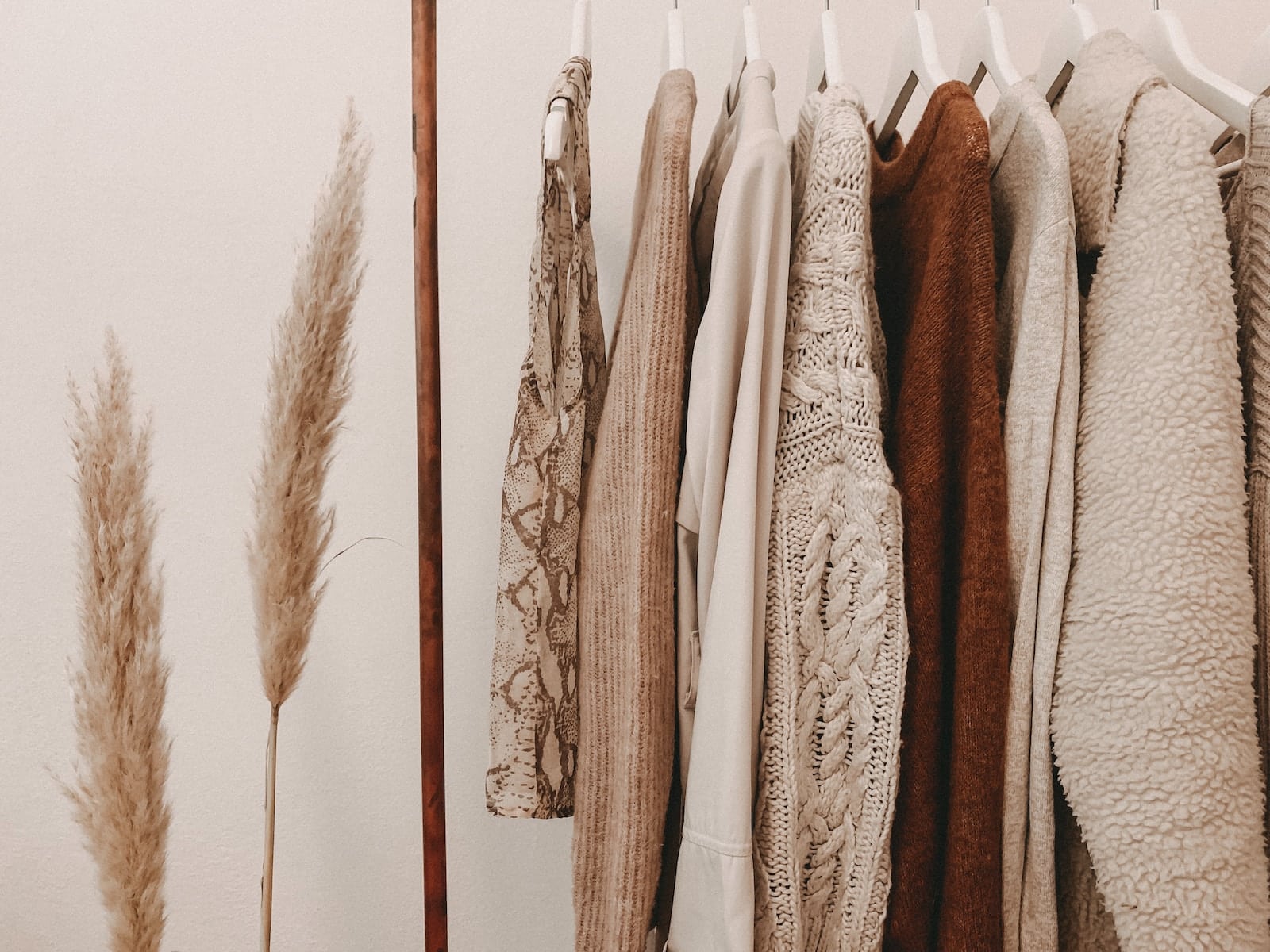
As the days grow shorter and the temperatures start to drop, you may find yourselves in the midst of a fashion dilemma. You’re not quite ready for the heavy winter coat but it’s too chilly for your summer clothing. The solution is a well-curated transitional season wardrobe. With a few key pieces, you can easily adapt to the fluctuating temperatures and changing weather conditions, ensuring you stay stylish and comfortable.
The key to mastering a transitional season wardrobe is understanding the concept of layering. As the temperature fluctuates from day to day or even hour to hour, you’ll need to adjust your outfit accordingly. The art of layering allows you to add or remove pieces as needed, providing flexible outfit options to match the unpredictable weather.
A lire également : The art of wearing a monochromatic outfit with flair
For instance, start with a basic lightweight top that can be layered with a cardigan or jacket. Combine this with comfortable trousers or jeans. As the day warms up, you can remove the outer layer, and as it cools down again, put it back on. This strategy guarantees comfort and versatility throughout the day.
Transitional outerwear is crucial and should be versatile enough to work with a multitude of outfits. For example, a classic trench coat or a light leather jacket can work with both dressy and casual outfits. These pieces provide enough warmth for cooler mornings and evenings, while still being stylish and lightweight enough for a warmer afternoon.
Sujet a lire : Tips for choosing the right fabric for a flattering wrap top
A denim jacket is another versatile piece that can be dressed up or down. It can be paired with a summer dress on a chilly morning, and then worn over a sweater in the evening when temperatures drop.
Lightweight sweaters and cardigans are your best friends during transitional seasons. They offer warmth without overheating and can be easily layered over t-shirts or under jackets. Choose neutral colors like black, grey, and beige for maximum versatility.
Cardigans are particularly useful as they can be buttoned up on cooler days and opened up when it’s warmer. Consider having a variety of styles, such as crewneck, V-neck, and turtleneck sweaters, to add variety to your wardrobe.
When it comes to bottoms, opt for denim and trousers in different colors and styles. Black or dark blue denim can be paired with almost anything, making them a staple in any transitional wardrobe.
Trousers in a neutral color are a smart choice. They can be dressed up with a blouse and blazer for work, or dressed down with a t-shirt for a more casual look. The key is to choose pieces that are comfortable and versatile, allowing you to adapt to any situation or weather condition.
Switching your footwear is another easy way to transition your wardrobe. As the weather changes, you might want to swap out your summer sandals for closed-toe shoes or boots.
A good pair of ankle boots is a versatile choice for transitional weather. They can be paired with jeans, dresses, or skirts, and they provide more warmth than a regular shoe. Sneakers are another practical option, providing comfort and style while easily adapting to different weather conditions.
In conclusion, a transitional season wardrobe should be composed of versatile, layerable pieces that can easily adapt to changing weather conditions. By carefully selecting these key elements, you can ensure that you’re prepared for whatever the weather throws at you, while still looking stylish and feeling comfortable.
Accessories play a significant role in fine-tuning your transitional season wardrobe. They have the power to immediately enhance the overall appeal of your attire and add a touch of personal style. Be it a chic scarf, a pair of stylish sunglasses, or a trendy hat; accessories can be your best ally in the fight against unpredictable weather.
Scarves, in particular, serve two purposes: they can add a pop of color or pattern to a neutral outfit, and they provide an extra layer of warmth on cooler days. Opt for lightweight materials like cotton or silk which are comfortable and don’t add too much bulk.
Hats are another practical accessory. They keep the sun out of your eyes on warmer days and provide a bit of warmth when it’s colder. Choose styles like wide-brimmed hats for sunny days and beanies or berets for chillier weather.
Furthermore, don’t forget your bag. A medium-sized tote or crossbody bag can carry all your essentials and can easily transition from day to night. Opt for bags in neutral colors like black, brown or beige to ensure they match any outfit.
Understanding your local climate is crucial when curating a transitional season wardrobe. The key is to focus on versatility. If you live in an area where the weather is highly unpredictable, you might need to consider including a waterproof jacket or an umbrella in your wardrobe.
For those residing in areas where the climate is generally milder, your transition might merely involve swapping your shorts for long pants, or your tanks for long-sleeved tees. Be sure to assess your individual needs based on your local climate and personal comfort preferences.
In essence, the key to a successful transitional season wardrobe lies in its adaptability. By incorporating pieces that are versatile, layerable, and align with your personal style, you can face the changing seasons with confidence and ease. Remember to consider your local climate, invest in quality basics, and don’t shy away from the power of accessories. With these strategies, you can navigate the unpredictable weather while staying stylish, comfortable, and prepared.